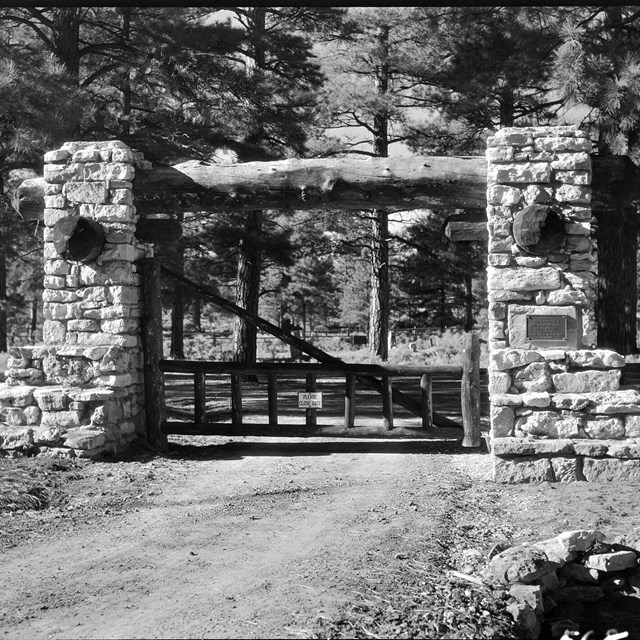
National Register of Historic PlacesThe National Register of Historic Places is the Nation's official list of historic places worthy of preservation. Authorized by the National Historic Preservation Act of 1966, the National Register is a national program to coordinate and support public and private efforts to identify, evaluate, and protect our historic and archeological resources. Properties listed in the Register include districts, sites, buildings, structures, and objects that are significant in American history, architecture, archeology, engineering, and culture. Currently 95,000 listings have been nominated by governments, organizations, and individuals because they are important to a community, a state, or the nation. Historic Structures in Grand Canyon National ParkNational Register of Historic PlacesDeterminations of eligibility have been received for an additional 14 structures and districts and 316 archeological sites; and nominations for ten trails are pending for inclusion on the National Register of Historic Places.National Historic LandmarksNational Historic Landmarks are nationally significant historic places designated by the Secretary of the Interior because they possess exceptional value or quality in illustrating or interpreting the heritage of the United States. Today, fewer than 2,500 historic places bear this national designation. District: A significant concentration, linkage, or continuity of sites, buildings, structures, or objects that are historically or aesthetically united by a plan or physical development. Examples: residential areas, large forts, rural villages, canal systems, and large landscaped parks. Building and Structure: Construction that includes those that create human shelter. The units may be a historically and functionally related unit, such as a courthouse and jail or a house and barn. Examples: houses, barns, garages, churches, hotels, bridges, tunnels, fire towers, silos, roadways. Site: The location of a significant event where a historic occupation or activity occurred. It may be the site of a building or structure which is no longer standing or which exists only as a ruin. Examples: village sites, battlefields, ruins of historic buildings and structures, campsites, sites of treaty signing, trails, and natural features, such as springs and rock formations. Historic Structures in Grand Canyon National ParkNational Historic Landmarks
Grand Canyon's Historic Structures
|
Last updated: September 22, 2019



